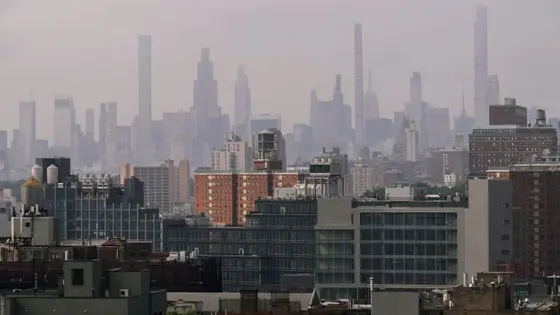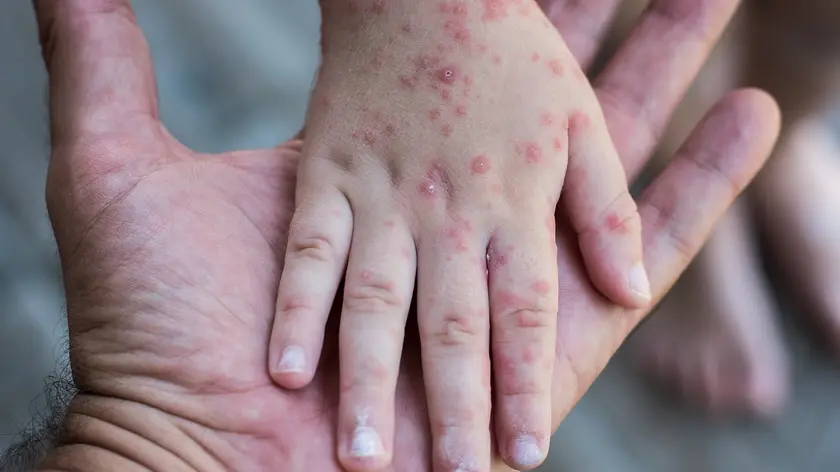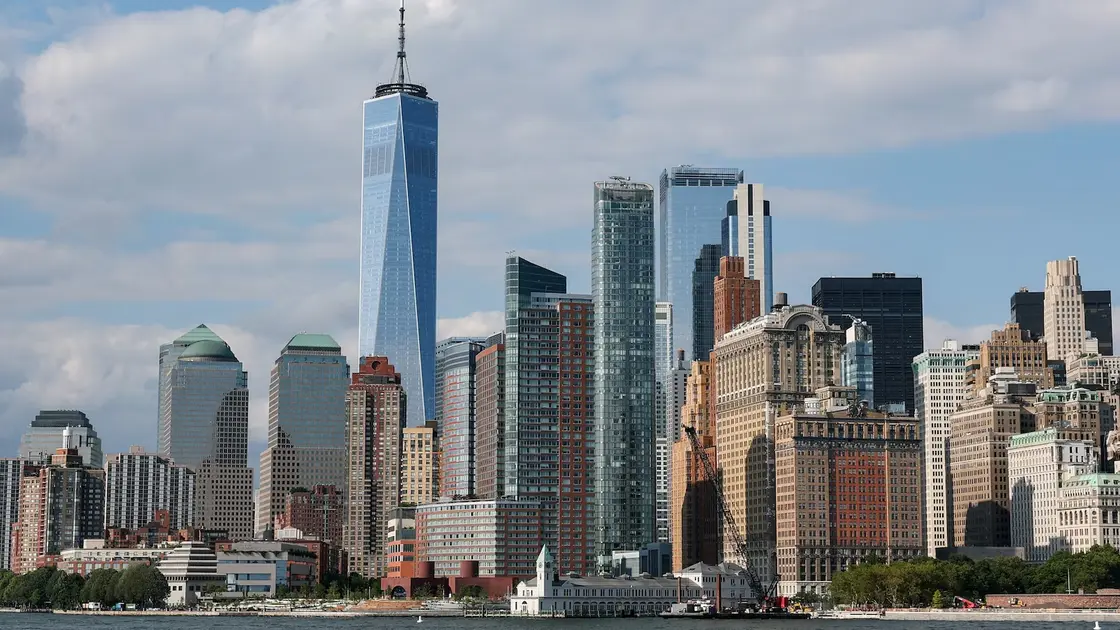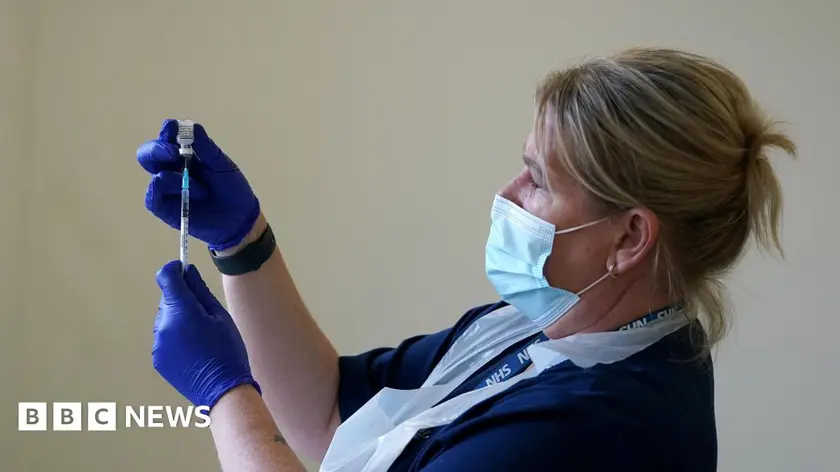T4K3.news
Legionnaires cases rise to 90 in NYC
Harlem outbreak grows to 90 cases with three deaths; city proposes testing timelines for cooling towers and penalties for noncompliance.

Harlem outbreak grows to 90 cases with three deaths as city proposes new cooling tower testing rules and penalties for noncompliance.
NYC Legionnaires cases reach 90 cooling tower rules advance
A cluster of Legionnaires’ disease in Central Harlem has risen to 90 cases, including three deaths, city health officials said. Officials noted that all operable cooling towers in the area have been tested and towers that tested positive were cleaned, aligning with the investigation into the outbreak. The Department of Health and Mental Hygiene has proposed rules that would set specific testing windows and require samples to be processed by state-certified labs. The proposed penalties for noncompliance are laid out, though exact fine amounts were not specified in posted documents. Under existing law, building owners are responsible for registering and maintaining cooling towers.
City data show 2024 inspections fell to a record low, less than half of 2017 levels, raising questions about how strictly new rules can be enforced. The outbreak underscores the city’s need to strengthen monitoring of aging urban infrastructure and ensure timely intervention when towers show Legionella signs. Health officials said antibiotics remain effective for treatment, and early detection is crucial to prevent severe illness and death.
Key Takeaways
"were in development well before the Legionnaires’ cluster in Central Harlem."
official note on timing of rules
"Public health is a citys first line of defense"
editorial emphasis on preventive work
"Funding for inspections must keep pace with risk"
policy insight
"Strong rules demand steady funding and real enforcement"
editorial stance
The outbreak exposes a tension at the heart of urban health policy: how to enforce preventive measures without placing an undue burden on property owners. The proposed testing cadence and lab-certification requirements could raise compliance costs, especially for small building owners who already face fines. Yet lax inspection and slow enforcement have real public costs when a cluster can escalate quickly. The city must pair any new rule with adequate funding for inspections and clearer penalties to deter negligence. If enforcement remains sporadic, the rules risk becoming mere formalities that citizens pay for but do not receive in practice.
Highlights
- Public health is a citys first line of defense
- Prevention costs less than treatment
- Rules only work if enforcement keeps pace
- Strong rules require strong funding now
Enforcement challenges and budget impact in new cooling tower rules
The city faces potential enforcement gaps as 2024 inspection levels were at a record low, raising concerns about the ability to implement proposed testing timelines and penalties. Costs to building owners and the need for sustained funding could provoke political backlash or financial strain.
Policy is only as strong as its follow through, and that balance will define the next phase of Harlem’s health risk management.
Enjoyed this? Let your friends know!
Related News

New York City prepares for hand, foot and mouth disease surge

Legionnaire’s disease cases confirmed in Harlem

Legionnaires' disease cluster impacts NYC residents

Legionnaires’ disease outbreak in Harlem

Legionnaires disease cases rise in New York

Emergency alert on Legionnaires' disease in UK

Legionnaires' disease outbreak confirmed in Detroit

New Trump Tariffs Set To Increase Prices
